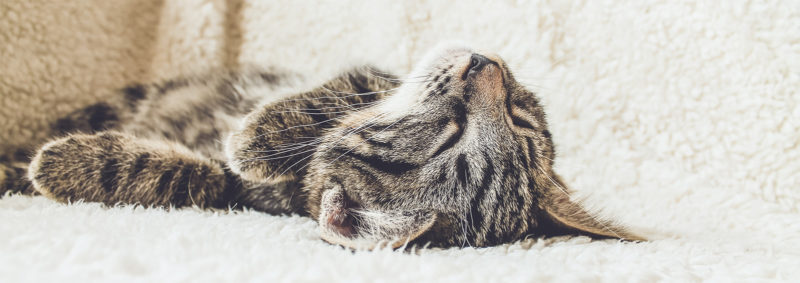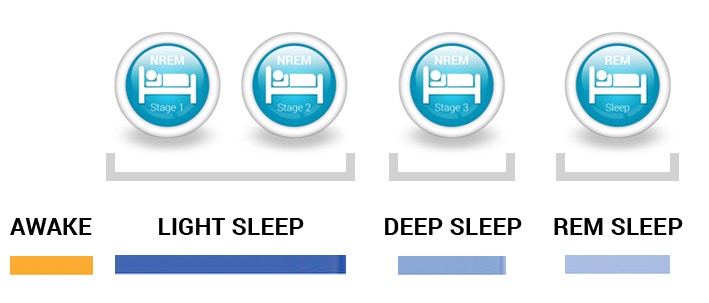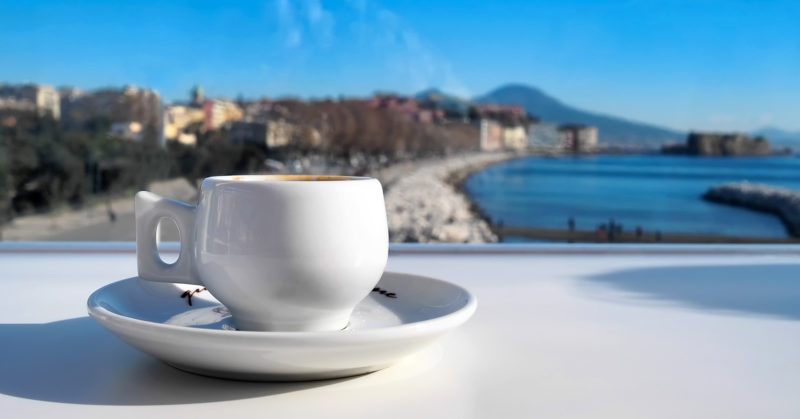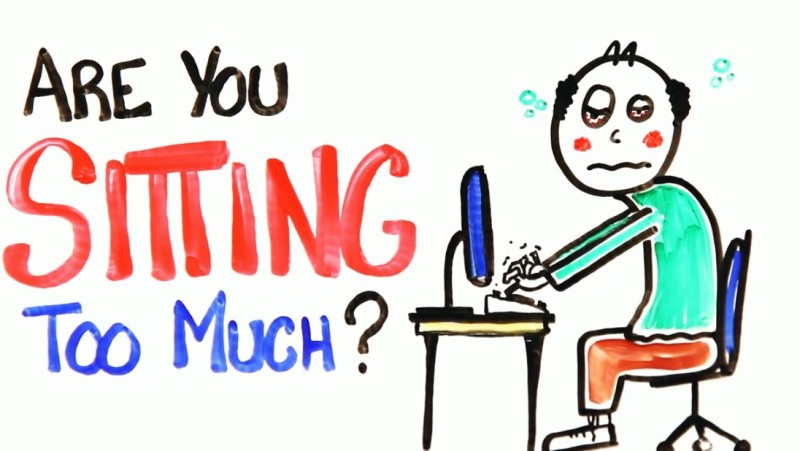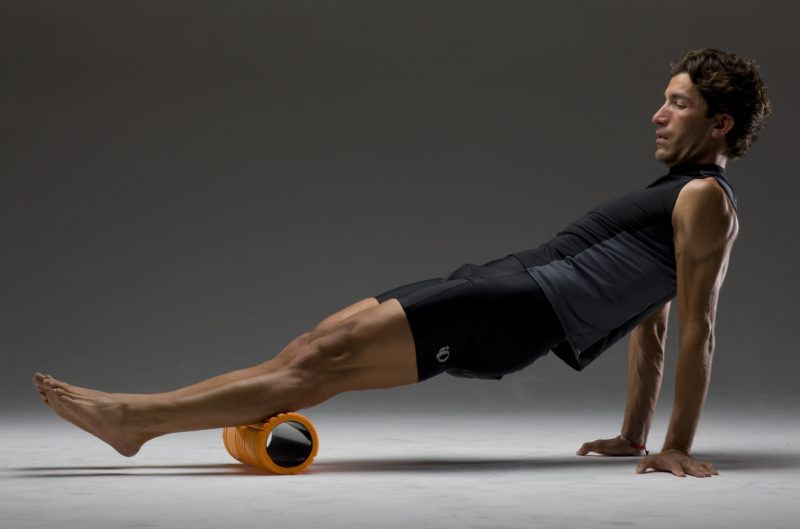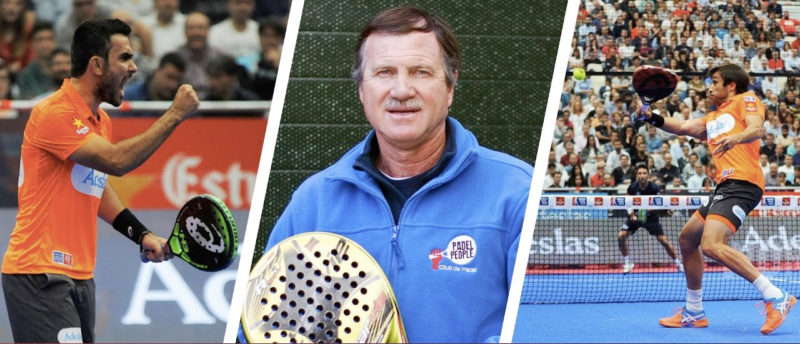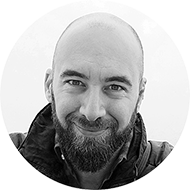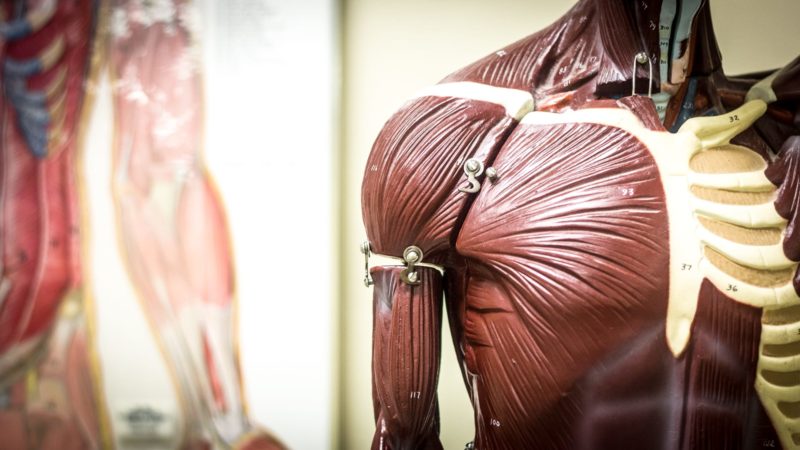
As I continue to immerse myself in padel and strive to improve every year, I’ve taken it upon myself to really learn how the human body works, especially in relation to exercise and sport.
These are the best resources I’ve found to help me along this journey:
- Exercise Physiology: Theory and Application to Fitness and Performance
- Exercise Physiology: Nutrition, Energy, and Human Performance
- Physiology of Sport and Exercise
- Advanced Strength and Conditioning for Tennis
- Strength Training Anatomy
- Coursera course: Science of Exercise
- Coursera course: Introductory Human Physiology
And here are some other fitness books that I’ve really enjoyed:
- Calisthenics for Beginners
- The Practice of Natural Movement
- Starting Strength
- How to Build Strong & Lean Bodyweight Muscle
- Becoming a Supple Leopard
Do you have any other resources to recommend? Let me know in the comments section.
